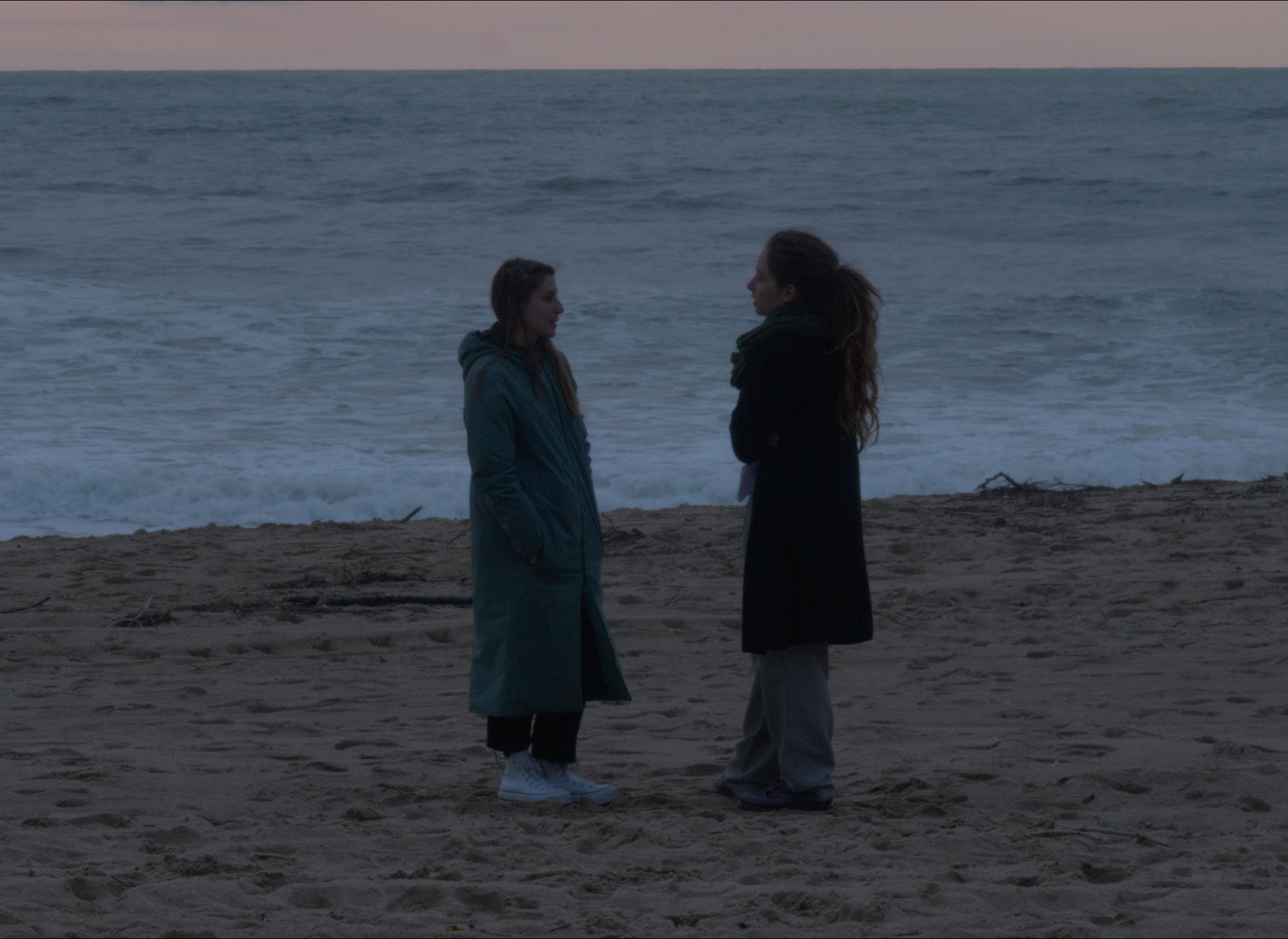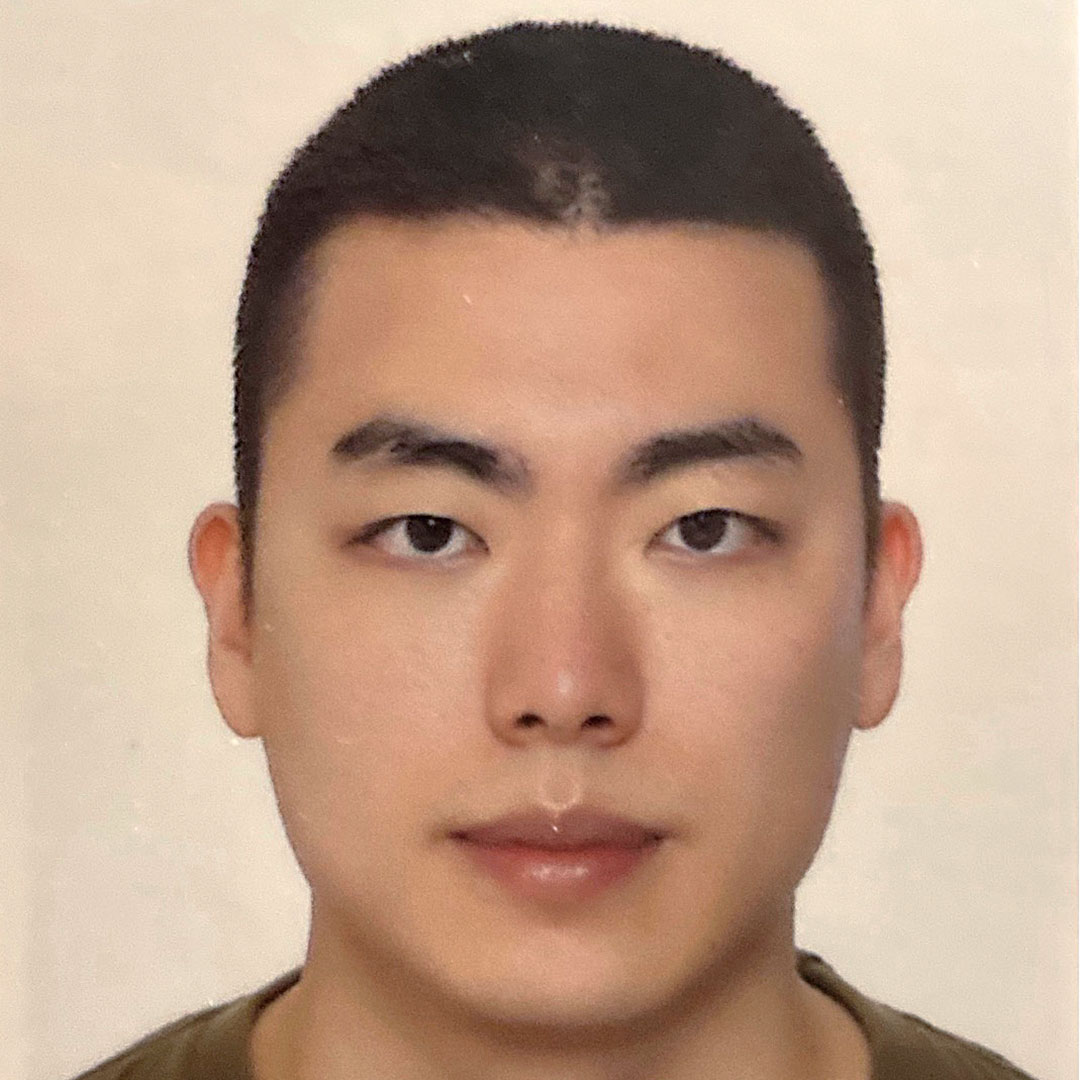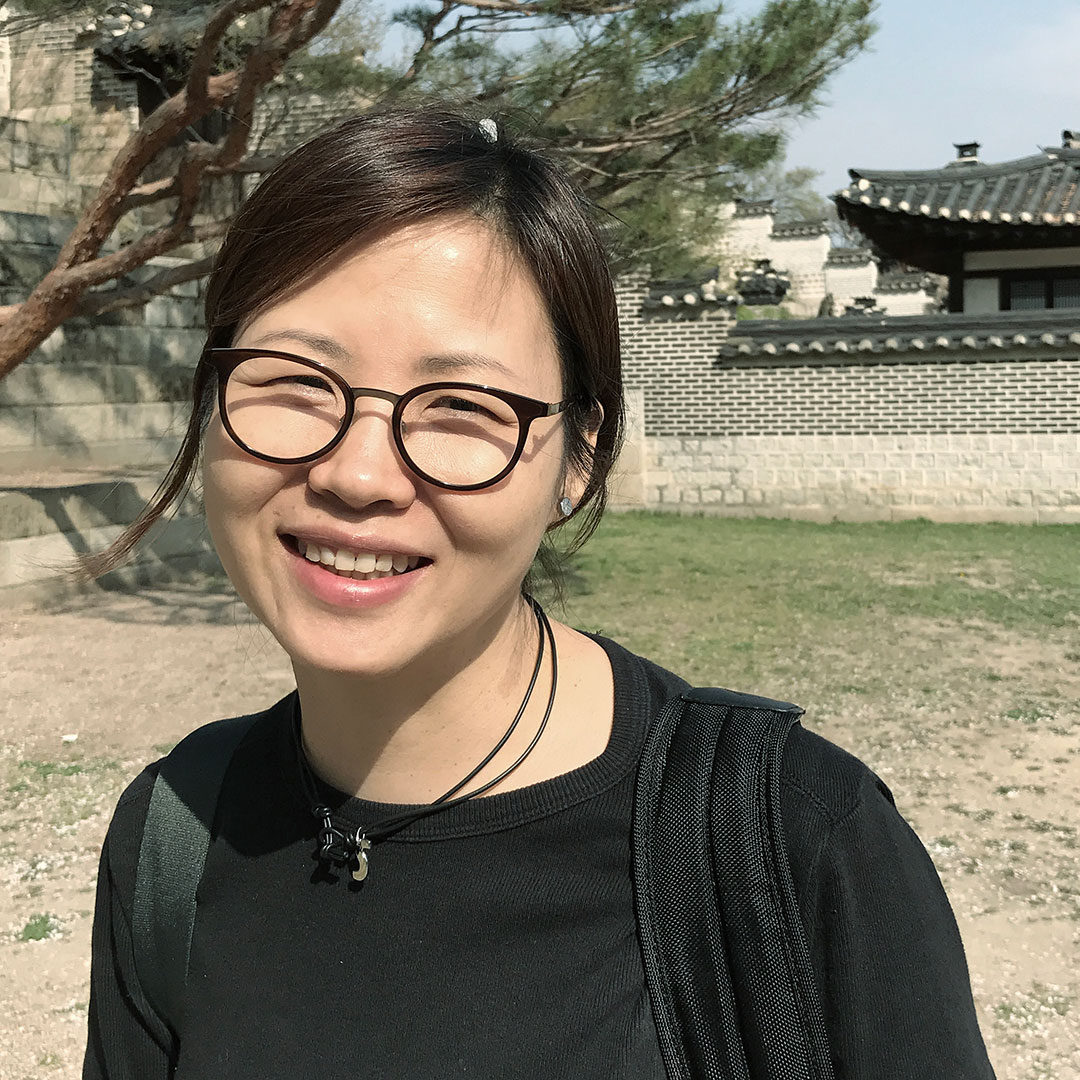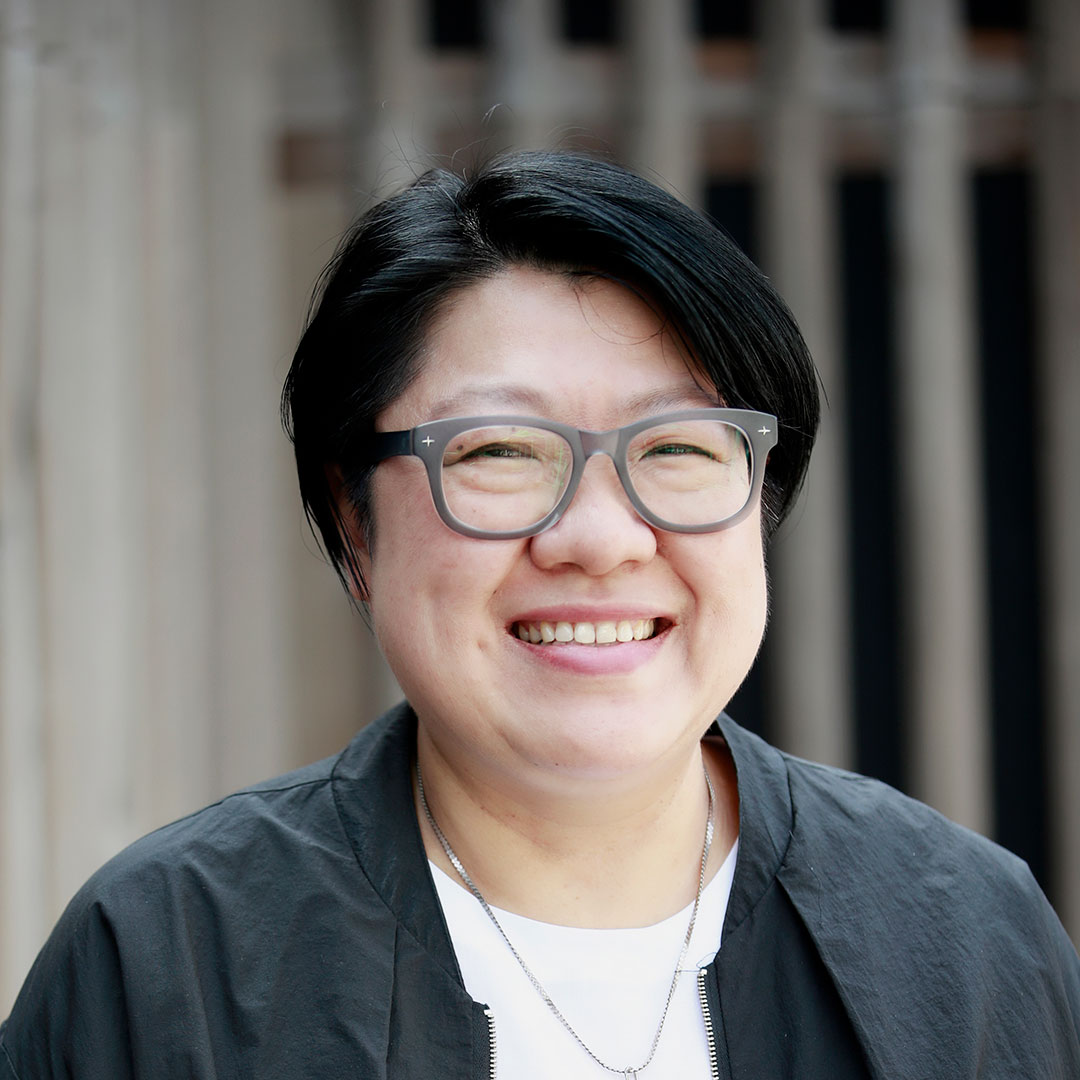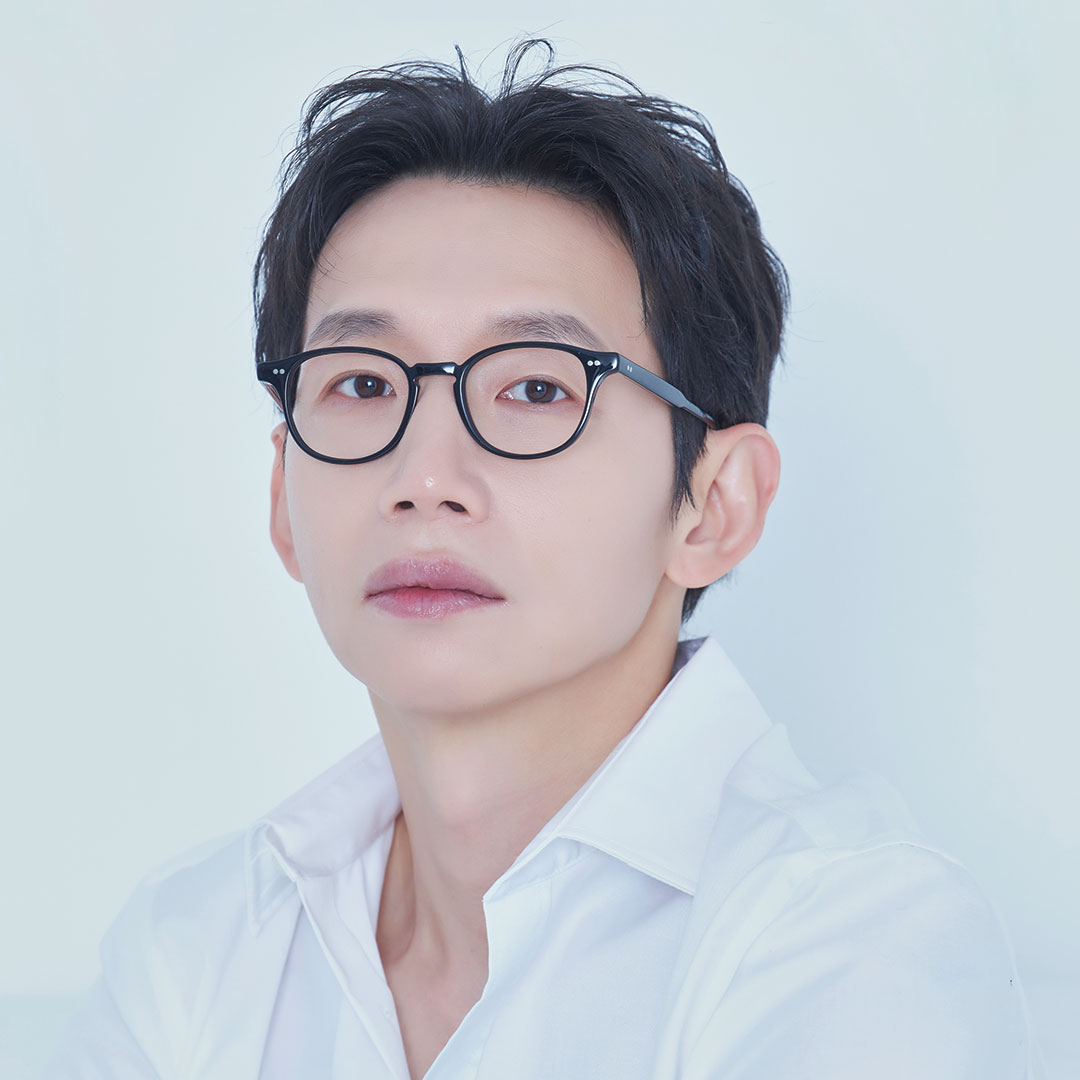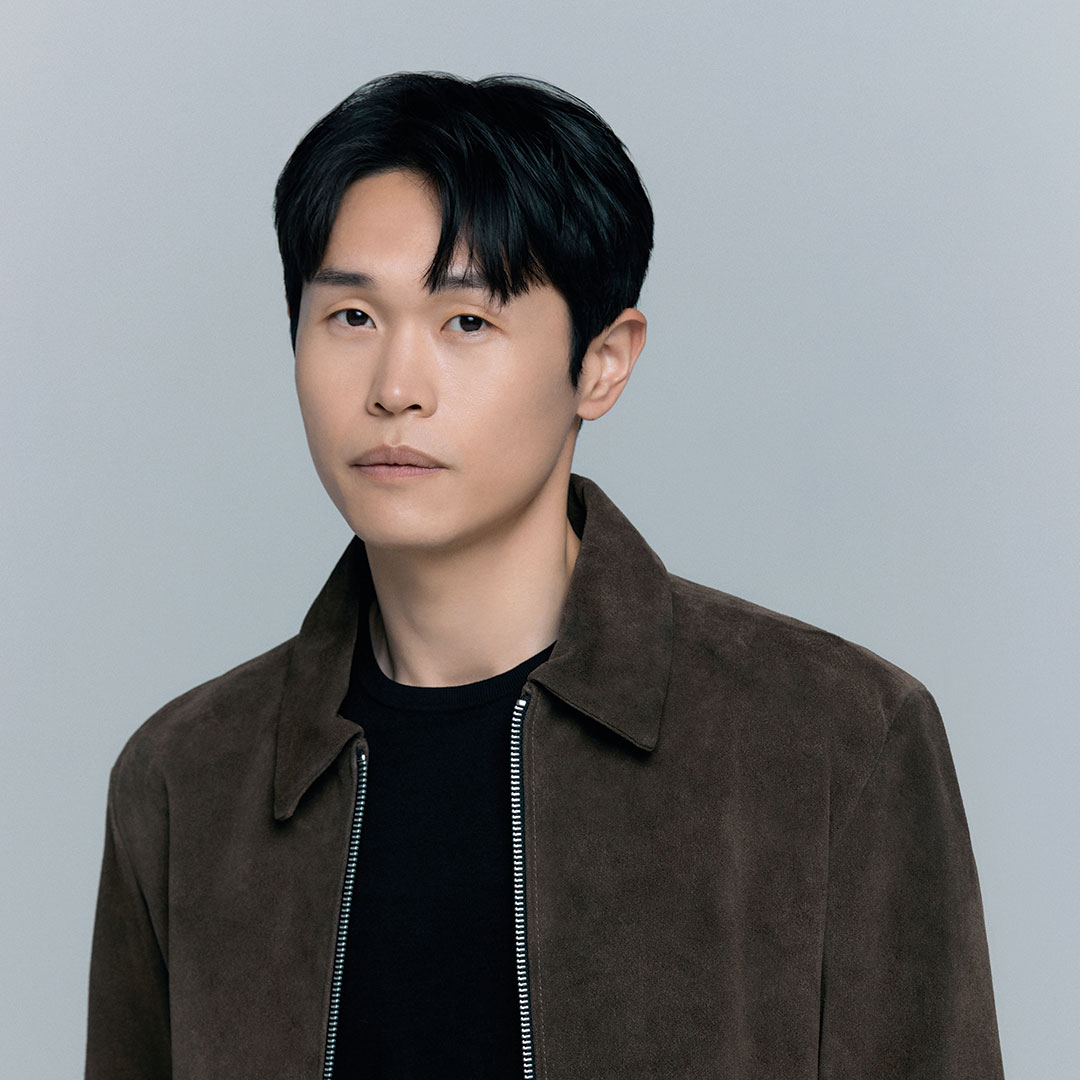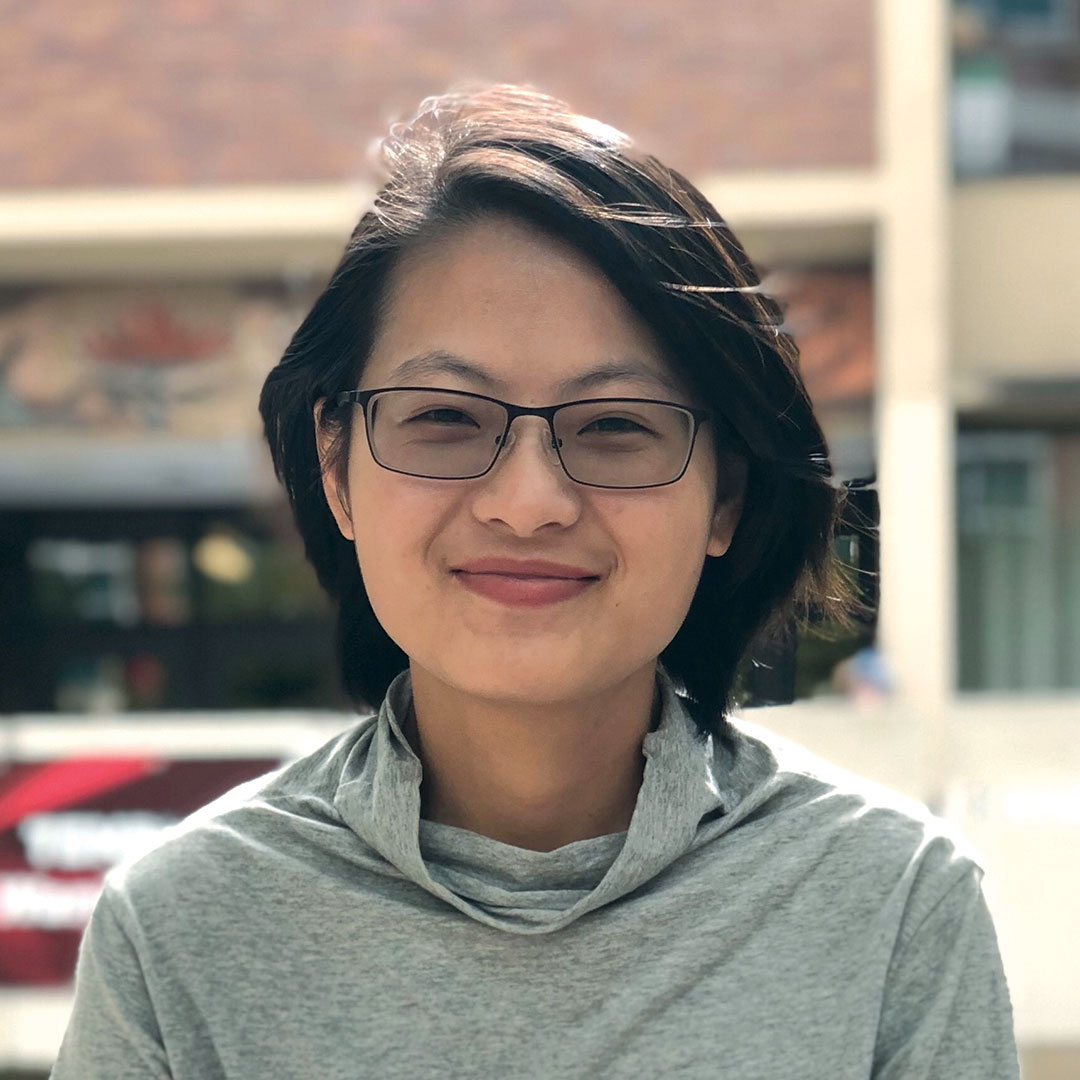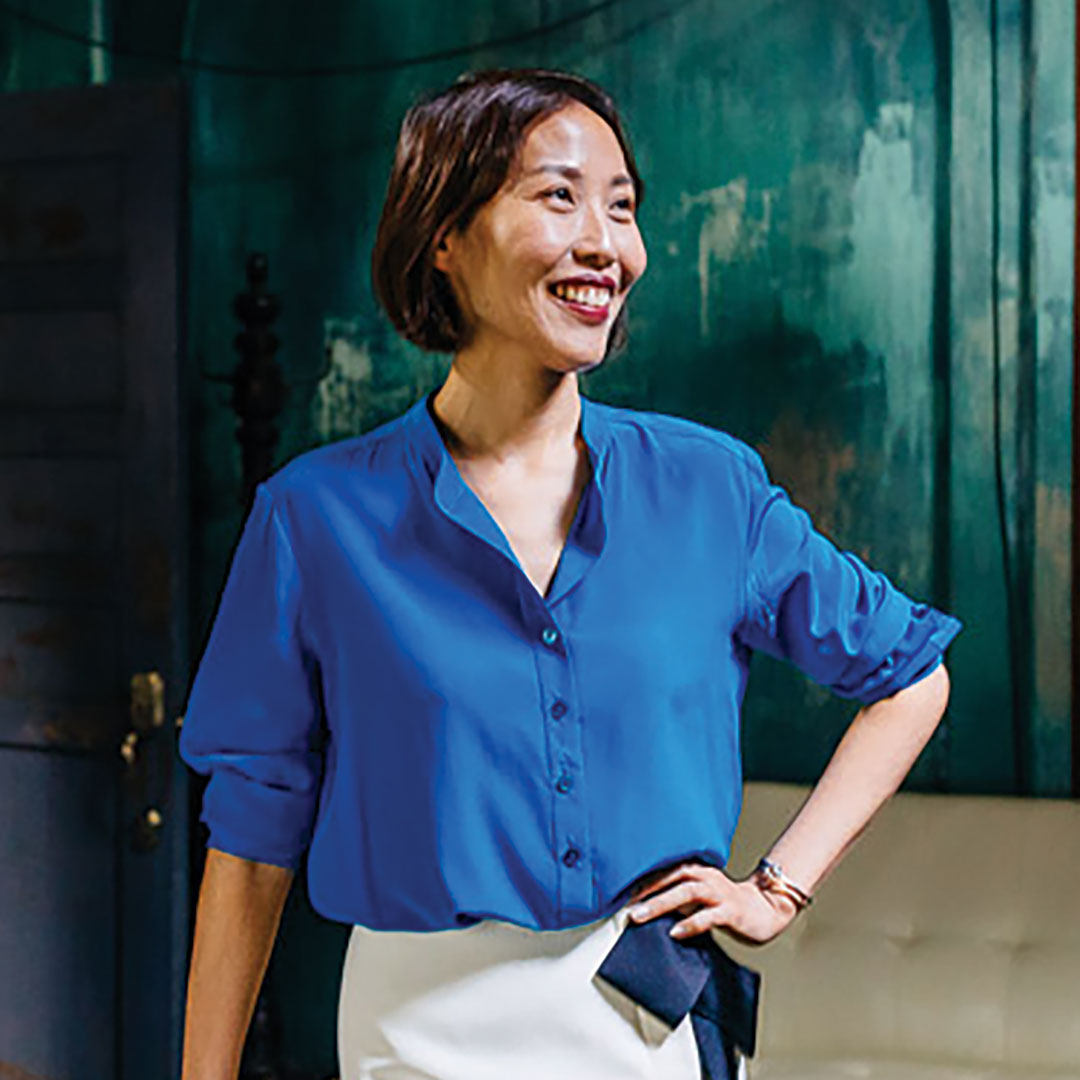감독 우와가와 히카루 UWAGAWA Hikaru | Japan, Spain | 2024 | 74min | Fiction | 국제경쟁 International Competition
It is understood that you currently reside in Madrid, Spain. Would it be fair to say that your yearning for your home country Japan marked the beginning of Ulysses?
I’m currently residing in Tokyo. Prior to making Ulysses, I spent about 4 years studying film in Spain, and my experience as an immigrant there was the starting point for this film. Rather than being nostalgic for Japan, my immigrant experience brought out complex emotions about living very far away from where I had grown up, and longing for home while not wanting to go back in a half-half mix. I think those feelings played a very important role in the making of this film.
The film Ulysses is your version of James Joyce’s Ulysses,which borrowed its format from Homer’s The Odyssey. What drew you to the novel Ulysses, when did you first encounter it, and what was your impression of it then?
The story of the film is based on Homer’s The Odyssey, and when I was thinking about how to adapt The Odyssey into a film, I was inspired by the methodology of James Joyce’s Ulysses. I first encountered Ulysses when I was in college, and it was my favorite novel, so I read it several times in Japanese and English translations.
When I was living in Madrid, I came across Homer’s The Odyssey and it really moved me. It fully captured the complex feelings I was having about my homeland at the time. Then I met a Russian family comprised of Alevtina and Dmitri, and while spending time with them, I started to see how they overlapped with the characters in The Odyssey, which is exactly what Joyce had done in Ulysses. I think that’s how it all started.
The movie is spatially divided into two main parts: Spain and Japan. While the location for Japan is set in Okayama, Spain is set in two different locations, Madrid and San Sebastian. What reason made you decide on these locations?
The selection of the locations was based on where I was living at the time. I wanted to make the film in the places I was residing in and with the people I was meeting there, so the filming crew was comprised of different people for each of the three locations.
The characters are a Russian immigrant mother and her son living in Madrid, a Basque woman from San Sebastian, a Japanese man, and a family based in Okayama, Japan. What was the background for mapping out the characters in this way?
Basically, the backgrounds of the characters are the actual backgrounds of the actors playing the parts. All the actors are playing as themselves.
The Okayama part of the film is set during the Japanese holiday of Obon when the spirits of the ancestors return to this world to visit their families. What made you focus on Obon in particular?
The Okayama scene was inspired by the scene in The Odyssey where Ulysses goes to the underworld and reunites with his dead mother. When I decided to make a film with that scene, I thought of my grandmother and Obon.
The actors’ performances were very natural, which probably had an impact on the tone of the film. It did give the impression that they were non-professional actors. How was the casting process for the actors?
The cast was basically my friends and family members, some with acting experience and some without. My process involves contacting the people I had spent a lot of time with prior to the shoot, those who made me feel like I wanted to make a film with them, and subsequently making a film with them.
In a scene set in the interior of a car with a Spanish backdrop, the dialogue is superimposed. There are even two languages being spoken, English and Spanish. When it came to filming the actors’ performances, did you have them follow the script word for word, or did you present the situation and hope that the actors would freely act it out accordingly?
I proposed a situation and only decided beforehand what conversations were to be shared during it. I didn’t prepare a specific dialogue, so the actors acted that scene out freely.
We understand that you shot the film in Spain and Japan with the local staff members there. Was there a difference between the working methods of your Spanish and Japanese staff? And if there was a difference, in what way was that reflected in Ulysses?
We had a different crew for each of the three parts, so rather than saying it was a difference between Spain and Japan, I personally realized how different people involved make for different shots and different time flows in the film. It is always fun to make a film with people from any country as long as I can share the joy of making it.
The running time of the film is 74 minutes. Was the edited version 74 minutes from the start or was there a process of shortening it?
Much of the length was reduced during the editing phase. The first version of the film had a clearer explanation of what scene from The Odyssey each part corresponded to, but I discarded that in the middle and connected the parts in a new way. The current version is open to the audience to be viewed from different perspectives, so I am really satisfied with that.
It’s somewhat early, but if there is a next film you are working on, could you tell us about it?
I’m currently living in Tokyo. I’m conducting research at the moment because I want to create a film set in Tokyo with the people I met in Tokyo.
